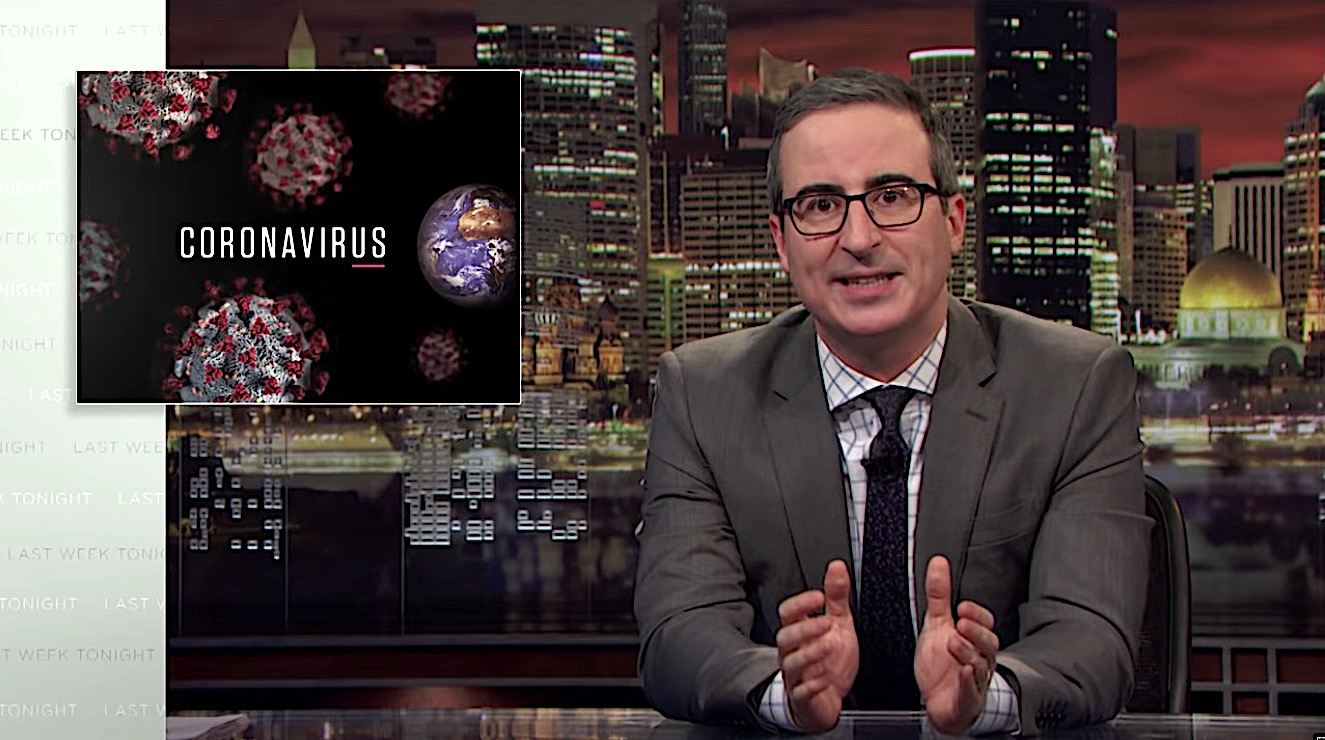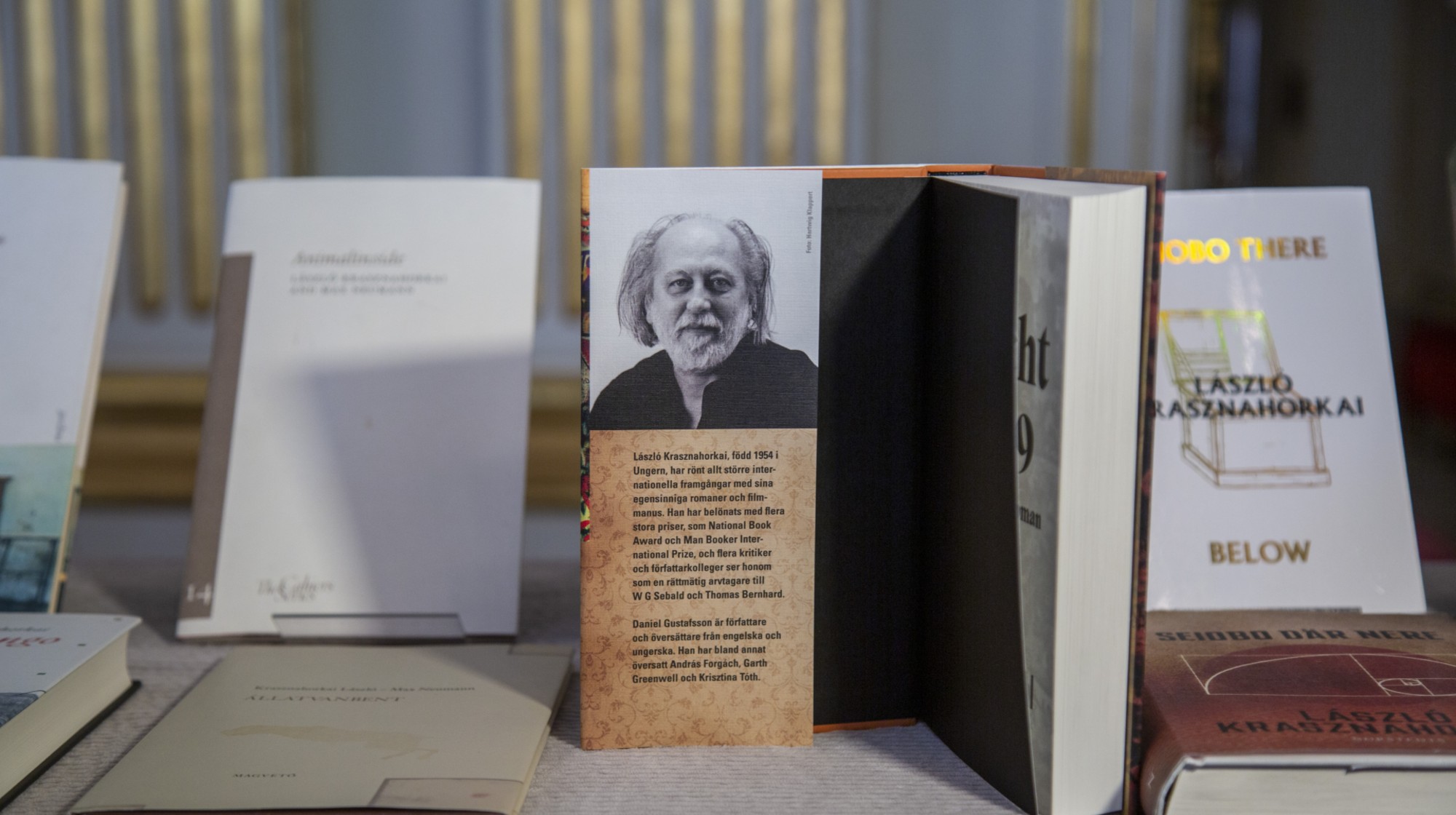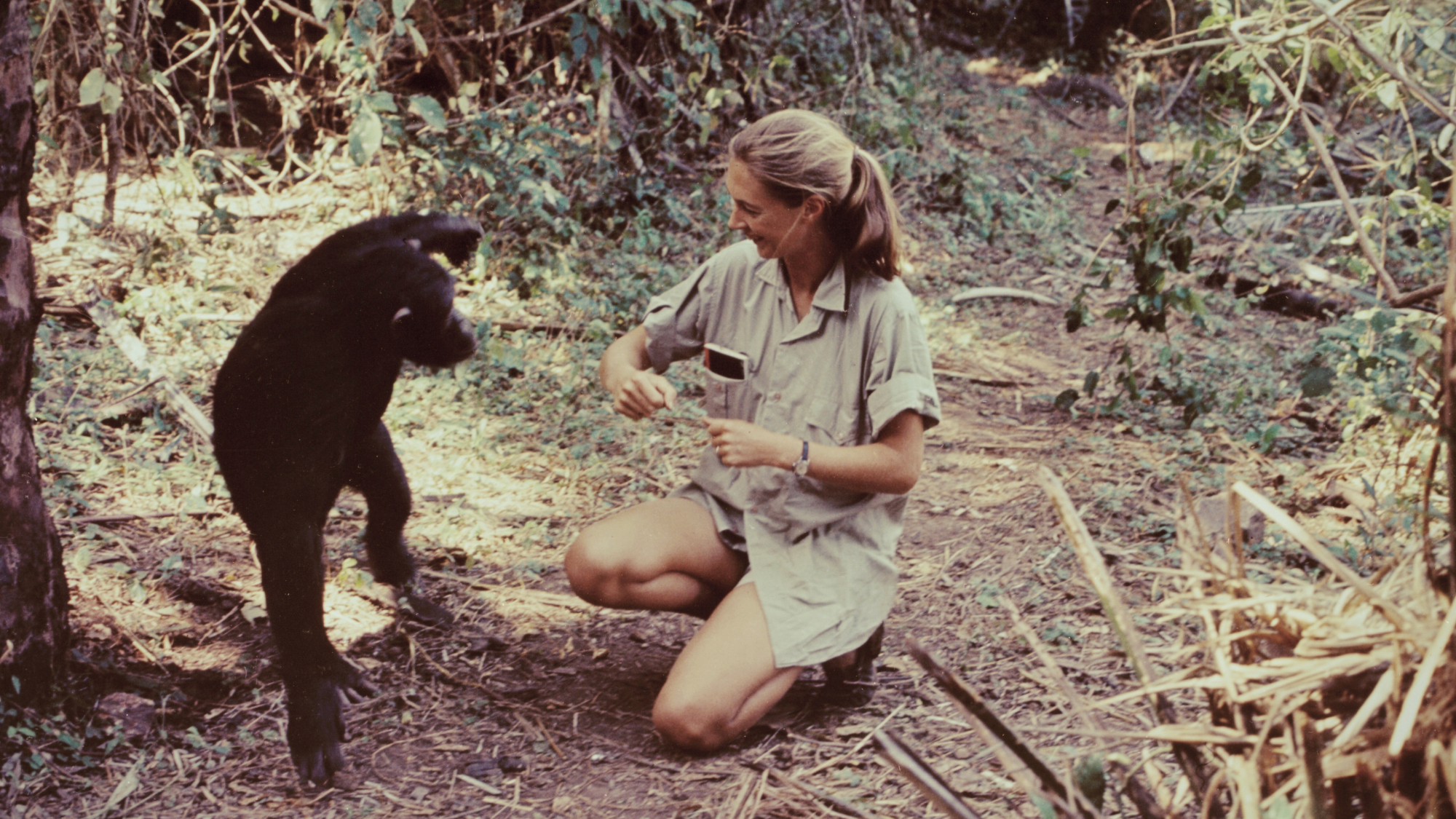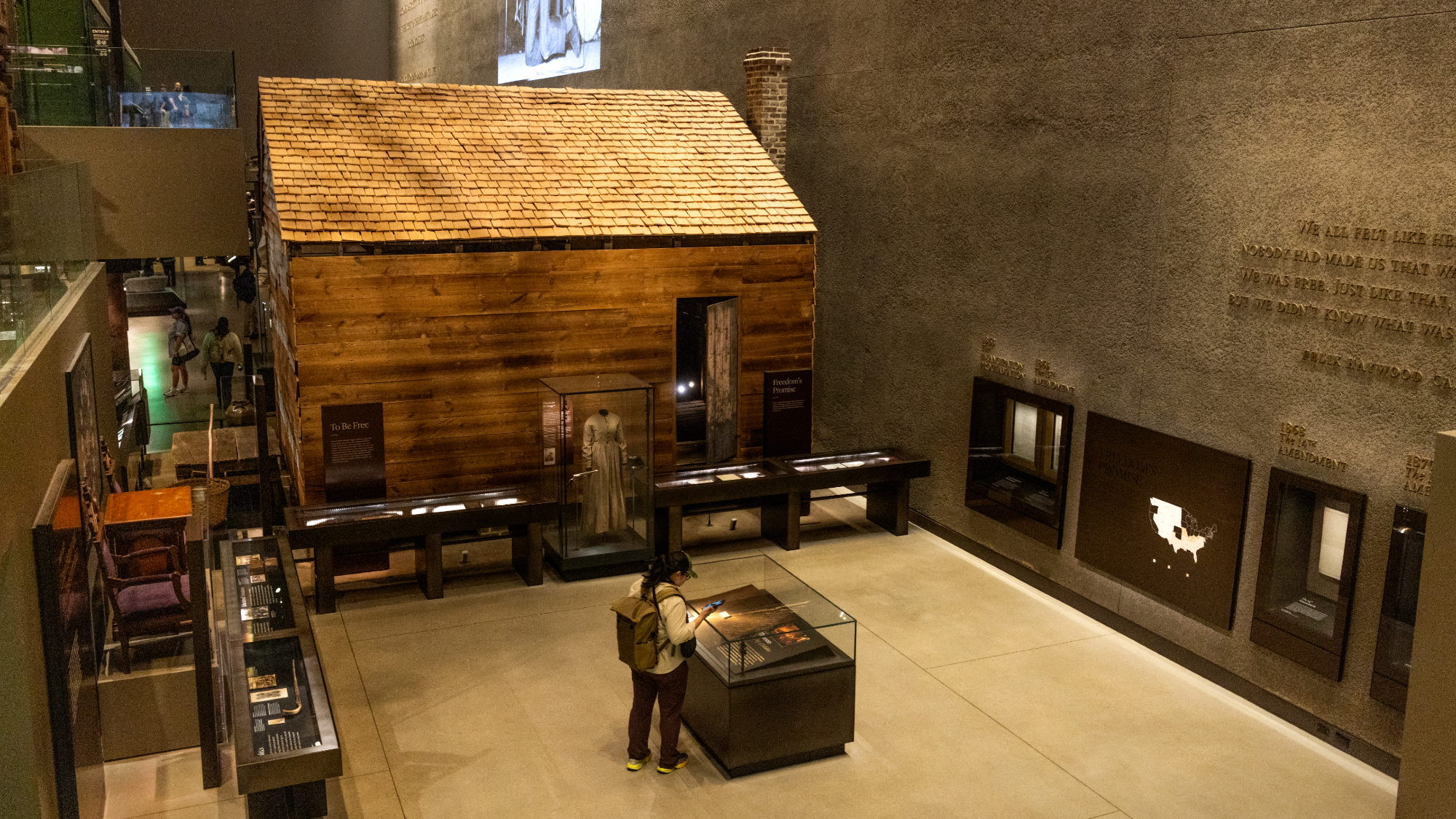John Oliver explains the coronavirus, apportions blame, offers practical advice


The U.S. Centers for Disease Control and Prevention (CDC) wasn't wrong last week that the new COVID-19 coronavirus would hit the U.S., John Oliver said on Sunday's extremely topical Last Week Tonight. There are now several dozen confirmed cases and two deaths in the U.S., "the stock market taken it's biggest one-week dive since 2008, and many Americans have questions about how to stay safe."
Oliver started with "the very basics" about COVID-19, the new strain of coronavirus. "Symptoms include fever, cough, and shortness of breath, and preliminary estimates are that is has around a 2 percent mortality rate," which would be about 20 times higher than the seasonal flu. "The good news is that around 80 percent of those who get this virus have mild symptoms," he said, but "the bad news is that means they are more likely to spread it without even realizing. That is one of the things that makes this so dangerous, and why, even though its mortality rate is much lower than that of SARS or MERS, this virus has already killed three times as many people." One estimate is that up to 70 percent of humanity will become infected with the virus in the next year.
"So if the stock market is tanking and people are considering gargling bleach, we thought tonight might be a good time to talk about the coronavirus: how we got to this point, what's currently being done, and how this virus has exposed governmental vulnerabilities as it has spread around the world," Oliver said. The first answer was China, and the responses from various have been mixed.
The Week
Escape your echo chamber. Get the facts behind the news, plus analysis from multiple perspectives.

Sign up for The Week's Free Newsletters
From our morning news briefing to a weekly Good News Newsletter, get the best of The Week delivered directly to your inbox.
From our morning news briefing to a weekly Good News Newsletter, get the best of The Week delivered directly to your inbox.
"Trust in institutions is critical when trying to contain a possible pandemic, and unfortunately, that brings us to the Untied States," Oliver said, digging into the "dissonance" between President Trump's sunny news and the warnings from "the many trained experts who we're lucky enough to have working in our nation's public health agencies." He found Vice President Mike Pence a poor choice to lead the coronavirus response, but said the larger problem is having "a president whose entire like has been a series of low-stakes lies."
So, how scared should you actually be about COVID-19? "A bit," Oliver said. He ended with some basic practical advice: "Don't hoard masks," do "check the CDC website for future updates," and importantly, "wash your hand regularly, for at least 20 seconds." Vietnam can help there. Watch below. Peter Weber

A free daily email with the biggest news stories of the day – and the best features from TheWeek.com
Peter has worked as a news and culture writer and editor at The Week since the site's launch in 2008. He covers politics, world affairs, religion and cultural currents. His journalism career began as a copy editor at a financial newswire and has included editorial positions at The New York Times Magazine, Facts on File, and Oregon State University.
-
 Could a part-and-part mortgage help you on to the property ladder?
Could a part-and-part mortgage help you on to the property ladder?Combining repayment and interest-only mortgages could become more popular as part of a push towards more flexible lending
-
 Is social media over?
Is social media over?Today’s Big Question We may look back on 2025 as the moment social media jumped the shark
-
 Should parents stop tracking their kids?
Should parents stop tracking their kids?Talking Point Experts warn the line between care and control is getting murkier – and could have consequences
-
 ‘One Battle After Another’ wins Critics Choice honors
‘One Battle After Another’ wins Critics Choice honorsSpeed Read Paul Thomas Anderson’s latest film, which stars Leonardo DiCaprio, won best picture at the 31st Critics Choice Awards
-
 A peek inside Europe’s luxury new sleeper bus
A peek inside Europe’s luxury new sleeper busThe Week Recommends Overnight service with stops across Switzerland and the Netherlands promises a comfortable no-fly adventure
-
 Son arrested over killing of Rob and Michele Reiner
Son arrested over killing of Rob and Michele ReinerSpeed Read Nick, the 32-year-old son of Hollywood director Rob Reiner, has been booked for the murder of his parents
-
 Rob Reiner, wife dead in ‘apparent homicide’
Rob Reiner, wife dead in ‘apparent homicide’speed read The Reiners, found in their Los Angeles home, ‘had injuries consistent with being stabbed’
-
 Hungary’s Krasznahorkai wins Nobel for literature
Hungary’s Krasznahorkai wins Nobel for literatureSpeed Read László Krasznahorkai is the author of acclaimed novels like ‘The Melancholy of Resistance’ and ‘Satantango’
-
 Primatologist Jane Goodall dies at 91
Primatologist Jane Goodall dies at 91Speed Read She rose to fame following her groundbreaking field research with chimpanzees
-
 Florida erases rainbow crosswalk at Pulse nightclub
Florida erases rainbow crosswalk at Pulse nightclubSpeed Read The colorful crosswalk was outside the former LGBTQ nightclub where 49 people were killed in a 2016 shooting
-
 Trump says Smithsonian too focused on slavery's ills
Trump says Smithsonian too focused on slavery's illsSpeed Read The president would prefer the museum to highlight 'success,' 'brightness' and 'the future'
